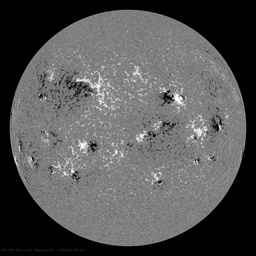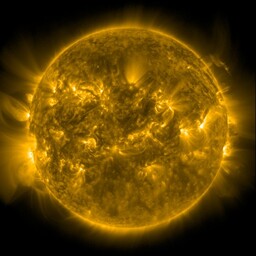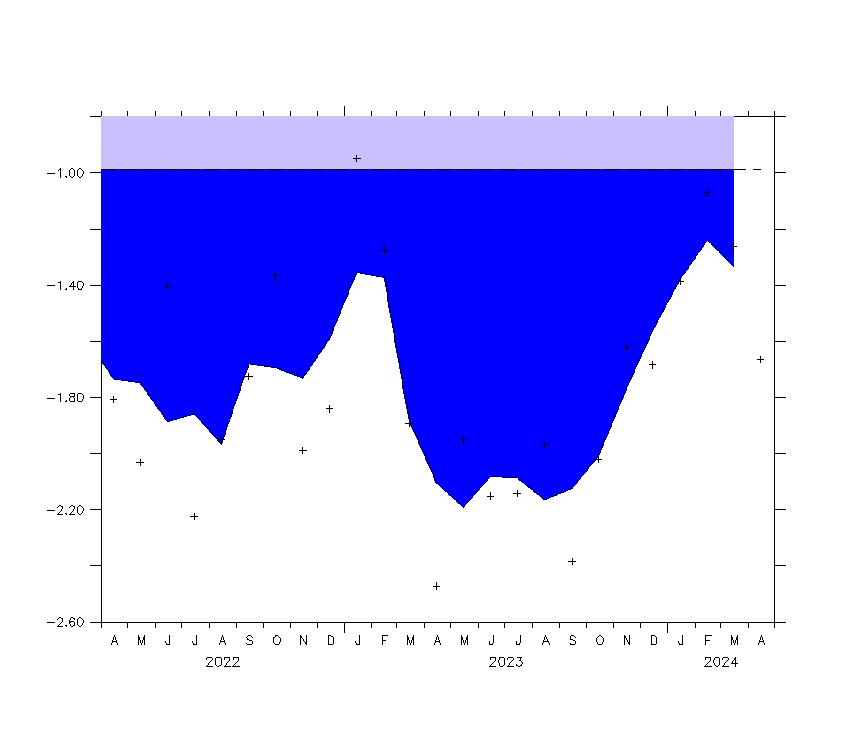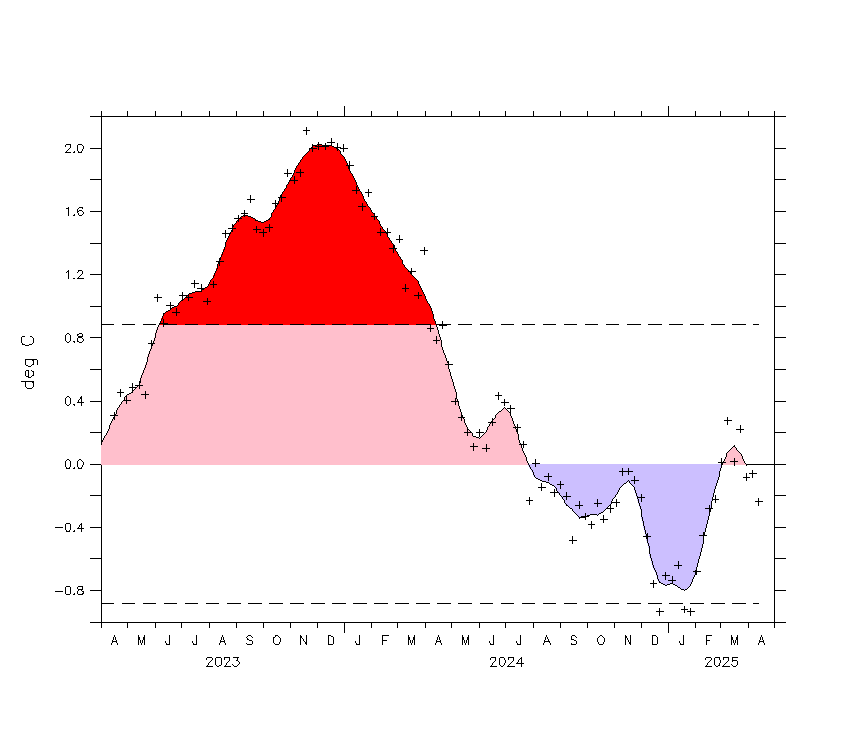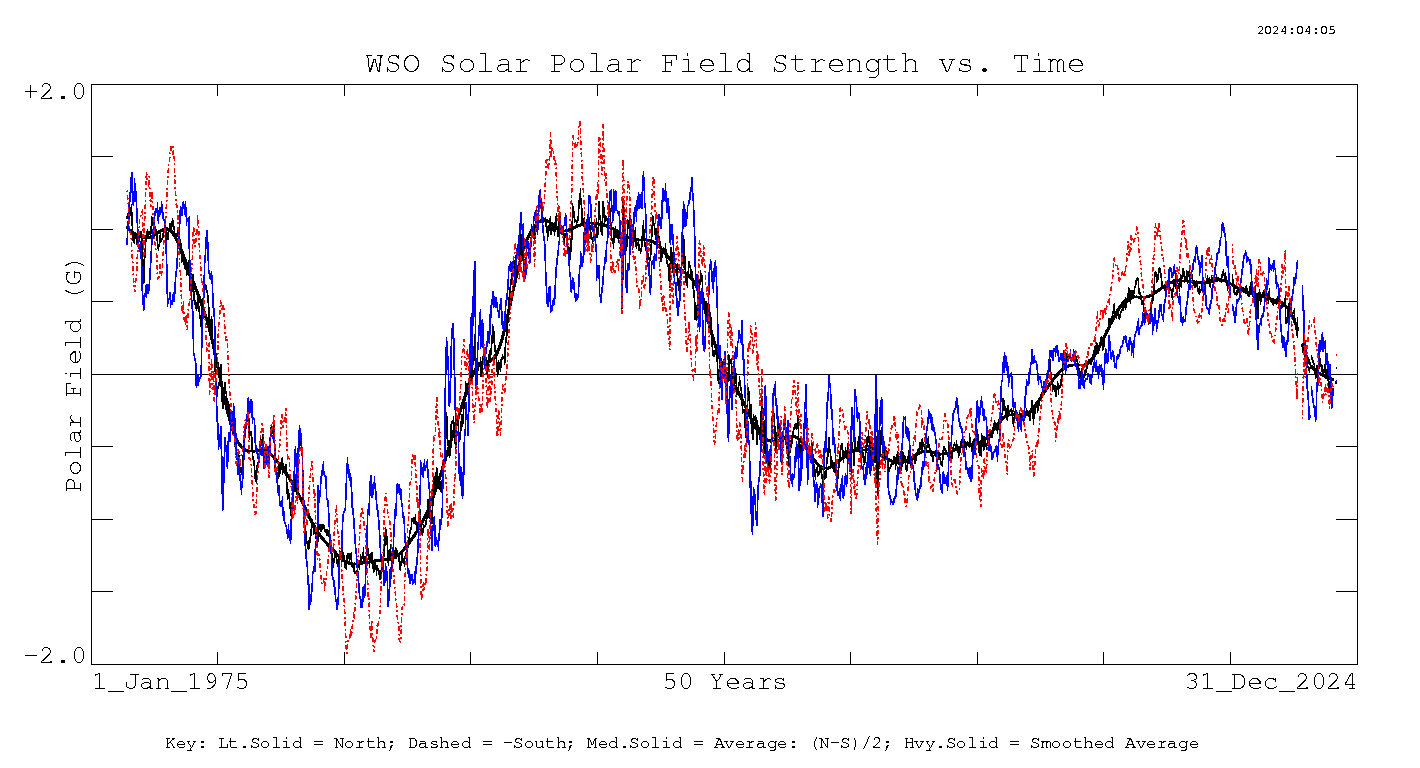Share
Spin Orbit coupling is the transfer of orbital angular momentum to spin momentum between orbiting bodies. Total angular momentum (AM) is made up of orbital & spin momentum and both must balance. If there is an imbalance between solar AM and Planet AM we might have the missing AM to fuel a rotation change at the Sun. In a recent paper by Ian Wilson et al "Does Spin Orbit Coupling Between the Sun and Jovian Planets Govern the Solar Cycle?" Ian discusses a viable theory of spin orbit coupling but also states there is no mechanical link. Perhaps now there is a new line of inquiry that may provide this mechanical link.
AM must always be conserved and this basic principle of the universe is seen all around us, one example is the Earth/Moon system where the reducing rotation speed of the Earth caused by tidal friction sees a conservation where the Earth/Moon distance increases by about 5cm a year.
Spin orbit coupling could be one area that may provide a link between the Planetary motions and a changing rotation speed of the Sun, basically if there is a mismatch in orbital AM it can be transferred to spin momentum (rotation speed). The Sun has it own angular momentum as it orbits around the centre of the solar system. 99% of this comes from the gravitational affects from the combined positions of the Jovian planets, this is clearly seen in Carl's famous graph. Each planet also has its own AM which is mass x distance x velocity, and as I have shown previously AM can be calculated using the SSB (solar system barycenter) or the Sun as the orbit axis point. If we measure the planet AM it can be compared against the solar AM and if done correctly any variation or missing AM can be determined. In the past this has been done by wiggle matching which is comparing 2 graphs, rescaling one to fit the other and comparing. This method does not provide mathematical results and the detail can be hidden in the scale of the graph.
I have always wanted to do my own comparison and in particular use the Sun as the orbit axis point when calculating planet AM. Gerry and I have collaborated on this project and combined our skill sets to produce an outcome.
To compare planet AM with Solar AM the inertial frame should be the same. The planet inertial frame calculated from JPL was another surprising result which looks to suggest it is in the barycentric frame rather that heliocentric. For our project we needed to make allowances. The project calculates planet AM using the Sun as the orbit axis point and the solar AM is calculated using the SSB as the axis point, then the solar AM is subtracted from the planet AM and the results recorded, Gerry explains " By subtracting the solar orbital AM, we are making a simple Galilean transformation from the barycentric inertial frame for the freefall motion of the Sun about the solar system barycenter to the inertial frame of the Sun itself. The reason we have to do this is that your planet position and velocity vectors are heliocentric. Coordinates, and properties like AM derived from them, have to be in the same inertial frame as the inertial body (or alternatively a barycenter) to which they are referred. That's why I was surprised to see that the heliocentric Horizons data was referred to the barycentric frame used by the JPL DE ephemerides."
The planet AM values were carefully calculated specifying the planet barycenter coordinates where applicable, and using planet mass measurements (13 decimal places) and velocity/distance coordinates xzy from the JPL Horizons database. The asteroids Ceres, Juno, Vesta and Pallas have been included. The initial planet AM values when summed showed a moving variation (not a constant as some have suggested) of each daily measure and when wiggle matched, lined up precisely with the solar AM curve, BUT there is detail missing that must be uncovered.
The next step was to subtract the solar AM from the planet AM to achieve the same inertial frame. The finished data showed a remarkable result that is still a work in progress value but at this stage looks promising. We have calculated an underlying fluctuating AM value that nearly follows the same curve as previously calculated by Carl. It makes up roughly .0000035% of Jupiter's AM and could represent .2% of the average solar AM. These calculations are still in progress.
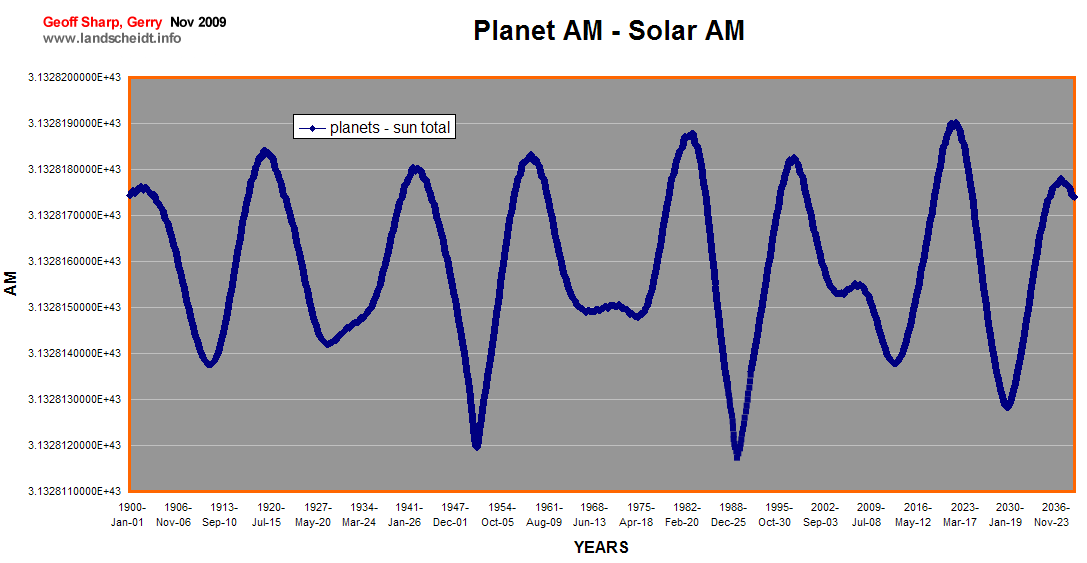
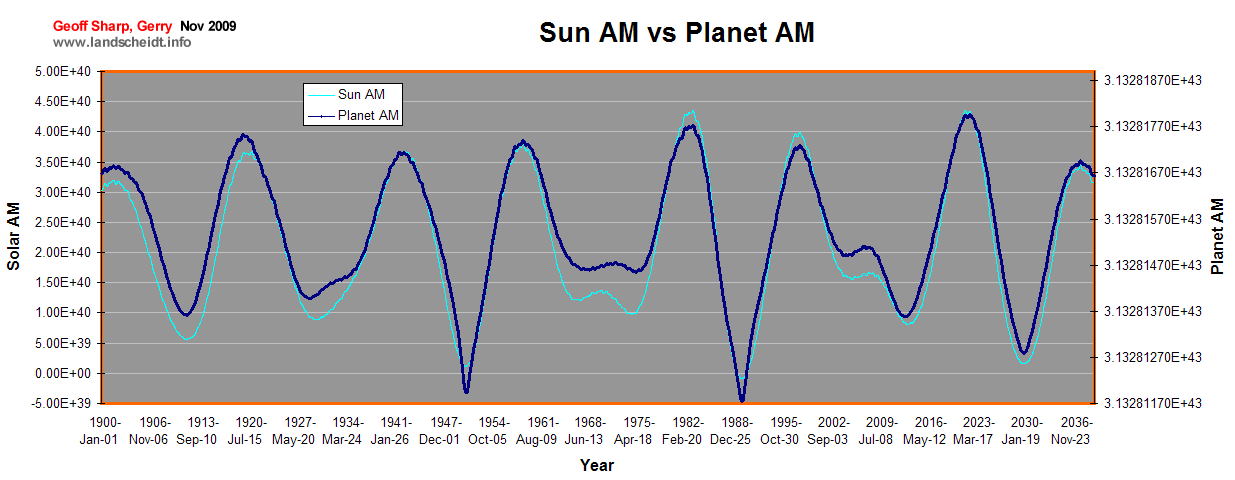
Here we have a comparison of Solar AM and the Planet AM variance...there is no way we can wiggle match these two data sets, the divergence points are of particular interest. The spreadsheet will be available in full detail shortly.
UPDATE: Some food for thought, below is the solar AM vs solar velocity graph (another wiggle match attempt). I have mentioned before that the two curves go out of sync which is strange for 2 data sets that are reliant on one another. It may be just a result of the mix between distance and velocity. The bigger variances look to line up with the bigger variances on the Sun vs missing AM graph.
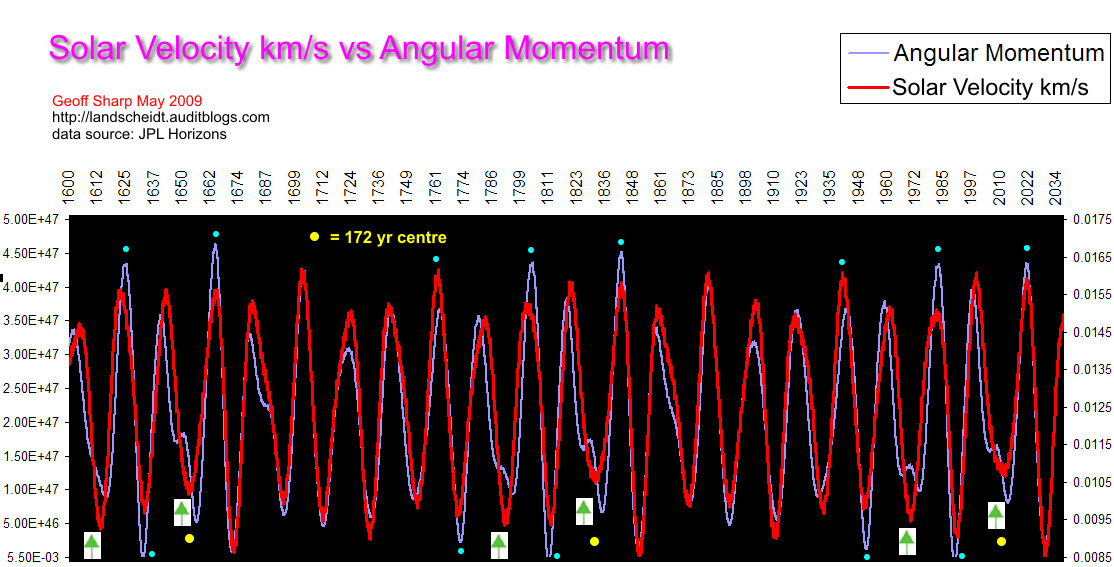
If there proves to be an imbalance between solar and planet AM it could be traded off in velocity or spin or distance. Distance is unlikely and as seen the velocity does not follow a consistent pattern (although it is still a pattern). The first disturbance of the set (green arrows) sees a decrease in velocity, the second disturbance shows an increase...its not uniform. The blue dots also showing a divergence in the same places as the previous graph.
This article was first published in Nov 2009, as of yet there has been no challenge to its validity!


